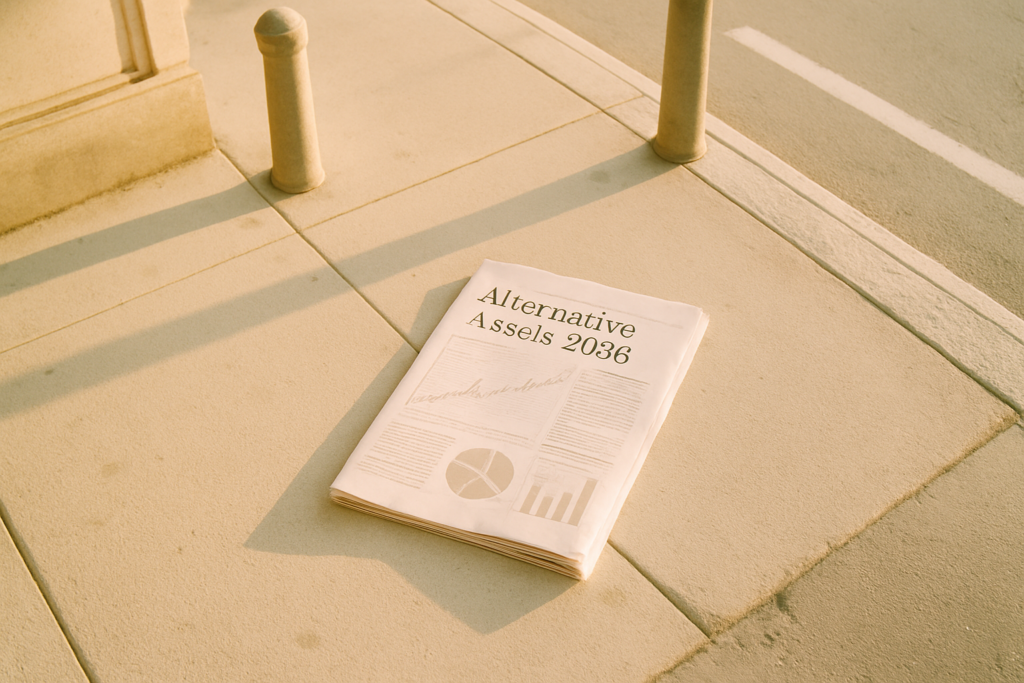If you’re looking for a smarter way to approach thoughtful communication, there’s a platform worth exploring: lwspeakgift. Created with intention and clarity at its core, lwspeakgift is reshaping how personal and professional messages resonate. Whether you’re navigating complex social cues or crafting a message with weight, the tools and guidance built into the lwspeakgift model offer more than surface-level inspiration.
What Is lwspeakgift Really About?
At its heart, lwspeakgift is a unique communication framework. It’s not your standard set of tips or templates — it’s a philosophy rooted in intentional expression. The name itself reflects this: “LW” representing “Life Worthy” speech, and “speakgift” as the act of delivering communication as a gift rather than a transaction.
The methodology focuses on helping people speak (and write) in a way that’s mindful, precise, and textured. There’s a practical elegance behind the system — purpose-driven language without the fluff. Whether you’re writing a quick thank-you or delivering a crucial presentation, this style aims to say more by saying less — and say it better.
Principles That Drive the Framework
The lwspeakgift mindset is built around several core principles:
-
Clarity Without Coldness: Express yourself in a way that’s direct but never harsh. You’re allowed to cut to the point without cutting into people.
-
Intentional Language: Every word serves a purpose. There’s no jargon just for the sake of sounding smart.
-
Emotional Precision: Instead of dropping vague sentiments, lwspeakgift encourages exact emotional markers. Instead of “I feel bad,” it’s “I feel disappointed,” or “I feel regretful.” Cleaner. Stronger.
-
Efficiency With Warmth: It’s brief, but it doesn’t feel robotic. Call it lean empathy.
This framework invites speakers to be more than just heard. It urges them to be felt — in the right way, at the right volume.
Where lwspeakgift Works Best
You can apply this framework in almost any communication setting, but it shines in a handful of key areas:
Personal Messages
When you want to say something meaningful — birthdays, apologies, condolences, or congratulations — lwspeakgift helps filter out clichés and inject real human intent. A two-sentence message can do the emotional work of a two-paragraph one.
Leadership and Management
Leaders often struggle with giving feedback, setting boundaries, or sharing vision clearly. Here, the framework becomes a strategic advantage. Employees don’t just respond better — they trust more, too. It aids in offering direction that’s strong but not domineering.
Conflict Navigation
This is where things get interesting. In conflict, every word can escalate or diffuse. The lwspeakgift model teaches restraint, accuracy, and anchor-language — terms that calm rather than inflame. It’s like conflict judo.
Why Less Really Is More
In a world bombarded by over-communication, under-delivery is a gift. Nobody’s craving longer emails or heavier dialogue. They’re craving clarity and care in equal measure.
Using the lwspeakgift method, a message that might’ve taken five paragraphs can often be handled with five lines — each one carrying weight. You pull back on over-explaining, and lean into values-driven expression.
This is especially useful in moments where timing and tone matter. A well-timed, well-constructed sentence has the power to shift someone’s outlook. Long-winded doesn’t mean thoughtful — and the audience knows it, even if they won’t say it out loud.
Common Pitfalls Avoided by lwspeakgift
Certain language habits tend to muddy messages. Here are a few lwspeakgift helps eliminate:
-
Over-apologizing: Not everything needs an “I’m sorry.” Sometimes, what’s needed is acknowledgment, not apology.
-
Passive Voice: “Mistakes were made” becomes “I misjudged timelines.” You own your message, and people respect it.
-
Hedging: Saying “maybe” or “I just think…” dilutes authority. With this model, you say what you mean — clean, respectful, and accountable.
-
Performance Speak: You know this kind — when people write to impress more than to connect. With lwspeakgift, you’re choosing connection first, polish second.
How to Start Adopting lwspeakgift
Adopting this model doesn’t mean rewriting your personality. You don’t need to turn into a minimalist poet overnight. The aim is adjustment — trimming excess, refining tone, and elevating clarity.
Here’s where you can begin:
- Re-read Before You Send: Look for extra words that don’t serve. “Actually,” “just,” “really” — most of these can go.
- Balance Strength and Warmth: One line makes it clear, the next line makes it kind. That’s the cadence.
- Watch Your Intros: Don’t bury the message in long setups. Lead with what matters.
- Use Your Name with Intention: Inverts hierarchy. When you sign off personally, it reinforces human connection.
The truth is, people don’t remember everything we say. But they do remember how we made them feel. This model treats that truth like a sacred design principle.
Real-Life Examples of the Model in Action
Here are two revised examples that apply the lwspeakgift standard in everyday scenarios:
Before:
“Hey, just wanted to check in and see if maybe you’ve had a chance to look over the document I sent last week. No rush, but would love any feedback you might have when you get a chance!”
After (lwspeakgift):
“Quick check-in on the doc I sent last week — open to your thoughts when you have a minute. Appreciate you.”
Another scenario:
Before:
“I’m really sorry if I upset you last night. I wasn’t trying to make a big deal out of anything.”
After (lwspeakgift):
“It seems last night hit a nerve. That wasn’t my intent. I care, and I want to understand more.”
Final Thought
The lwspeakgift philosophy isn’t about being robotic or overly polished — it’s about getting real, getting respectful, and getting heard. In a noisy world, thoughtful speech stands out. And once you learn how to wield it, you won’t go back.
Instead of saying more to sound important, say less — and let it matter more.




